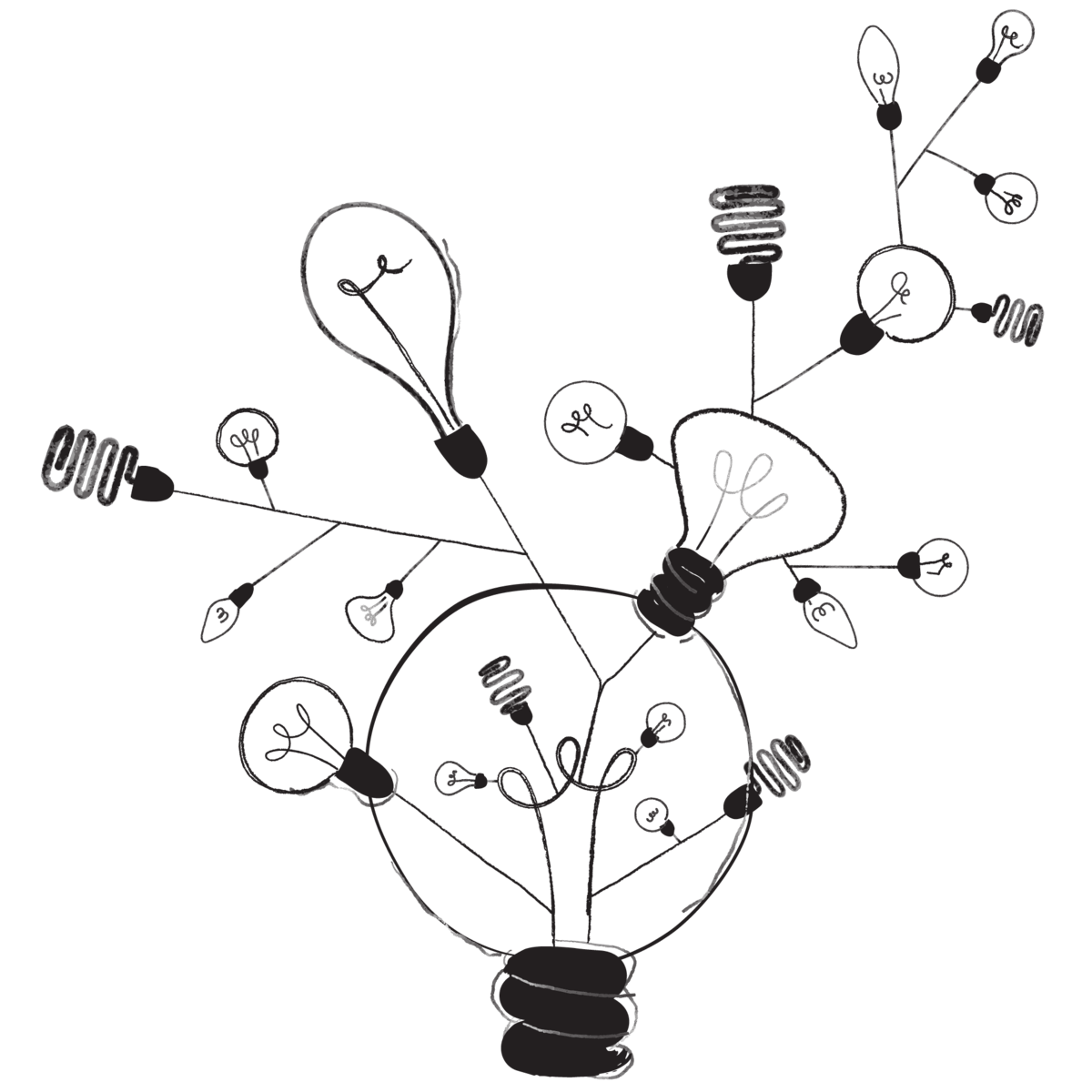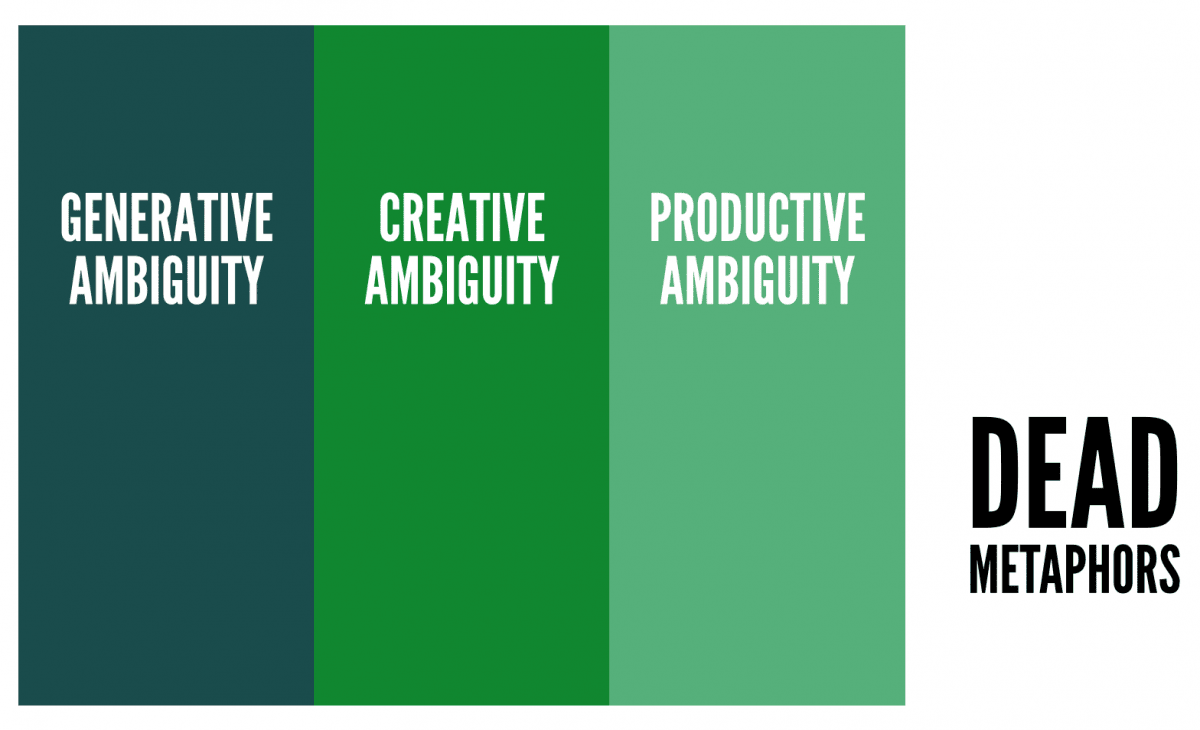TB871: Framing and reframing
Note: this is a post reflecting on one of the modules of my MSc in Systems Thinking in Practice. You can see all of the related posts in this category.

As an historian by training, one of the things I’m always aware of when reading about the past is historiography. That is to say, the methods used by historians when writing their accounts. It’s always worth reading as many different versions of the same events as possible if you want to really understand how something happened; not only do some people naturally focus on different things, but it’s also quite likely that whoever is telling the story has a reason for telling it.
The same is true when talking about the present-day. We know that different media outlets are biased in different ways, and so there’s a reason that I subscribe to The Guardian Weekly as opposed to, say, The Daily Express. More recently, as the majority of people access the news through social media, the ‘frame’ through which they access even realtime events is shaped by people trying, consciously or otherwise, to fit those events into a wider narrative.
The use of the metaphor, by relying on an underlying set of premises then, informs, drives and impels the reinforcement of frames. Attention to certain aspects of the situation are filtered, crowded out or focused upon. And the sense of validity about the underlying frame upon which the metaphor is drawing increases by that crowding out. That stronger validation can then reinforce the use of the metaphor.
(The Open University, 2020)
Understanding that your view of the world is framed by your source(s) of information is an important part of what it means to be ‘literate’ in the 21st century. In fact, as a parent, one of the most important things I can do with our two teenagers, is to point out this framing so they learn to spot it for themselves.
Drawing on the idea (metaphor!) of a picture frame, Bateson (1972) notes that frames separate communications of different logical types. The outer frame lets you know something about the type of communication that is contained in the message that exists within the frame. The frame itself indicates that you ought to interpret what is inside the picture frame in a different way from how you interpret the wallpaper. Both Lakoff and Bateson are saying that frames influence what we see by the way that they affect our acts of interpretation. The meaning given to things is highly influenced by how they are framed – is that shop full of charming antiques or second-hand furniture? The meaning of a problem or strategy is affected in just the same way – is losing my job a paralysing disaster or an opportunity for a career change?
(The Open University, 2020)
Taking this to my area of interest for this module, I think public libraries are ripe for reframing. What are they for in 2024? How should we think of them, access them, fund them? There will always be people on both sides who staunchly defend libraries from a traditionalist point of view, and those who attack them from a cost/benefit analysis. But what about the majority of people in the middle?
References
- The Open University (2020) ‘P2.5.1 Multiple experiences, multiple frames’, TB871 Block 2 People stream [Online]. Available at https://learn2.open.ac.uk/mod/oucontent/view.php?id=2261482§ion=6.1 (Accessed 7 June 2024).
Illustration from absurd.design


